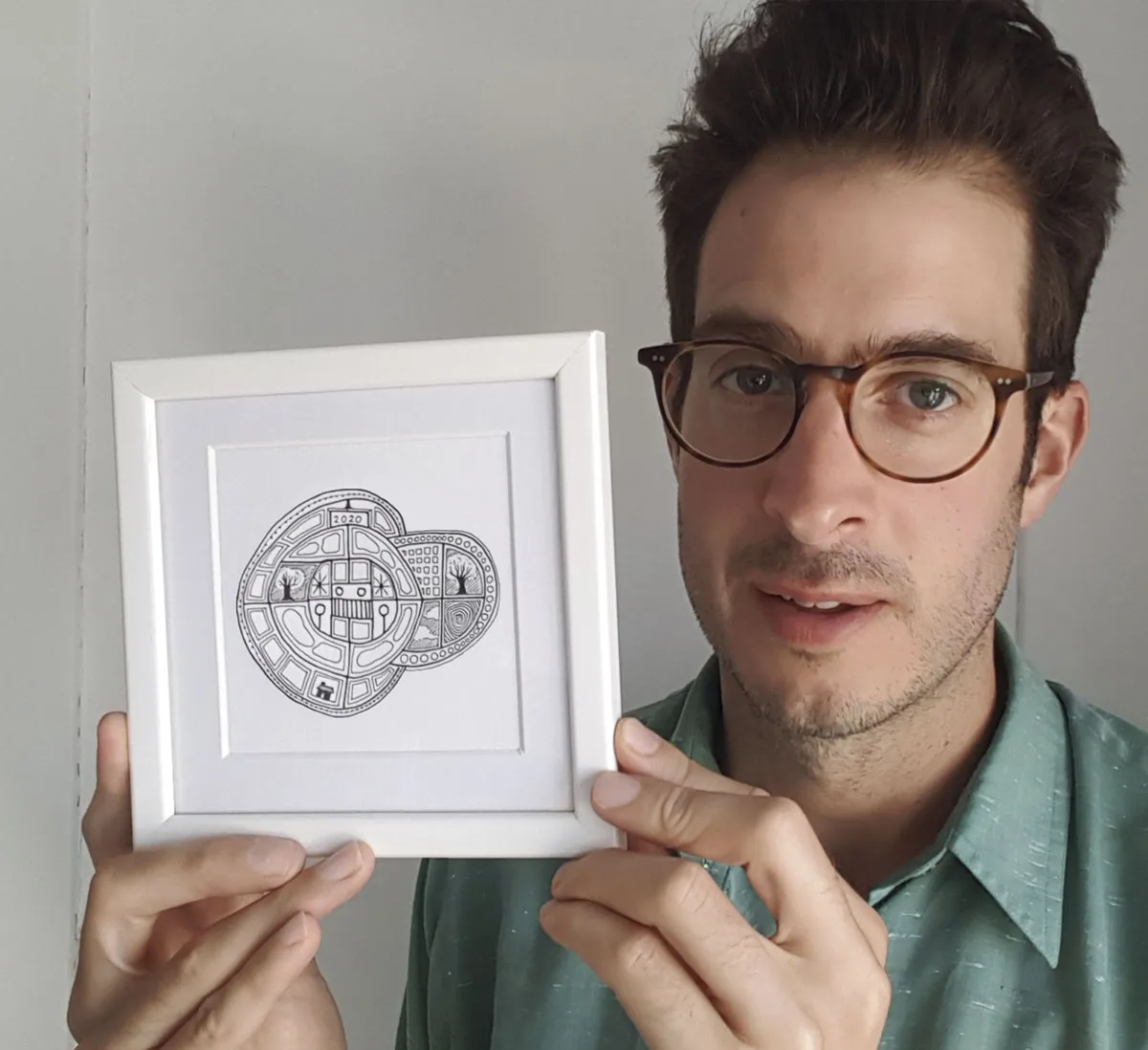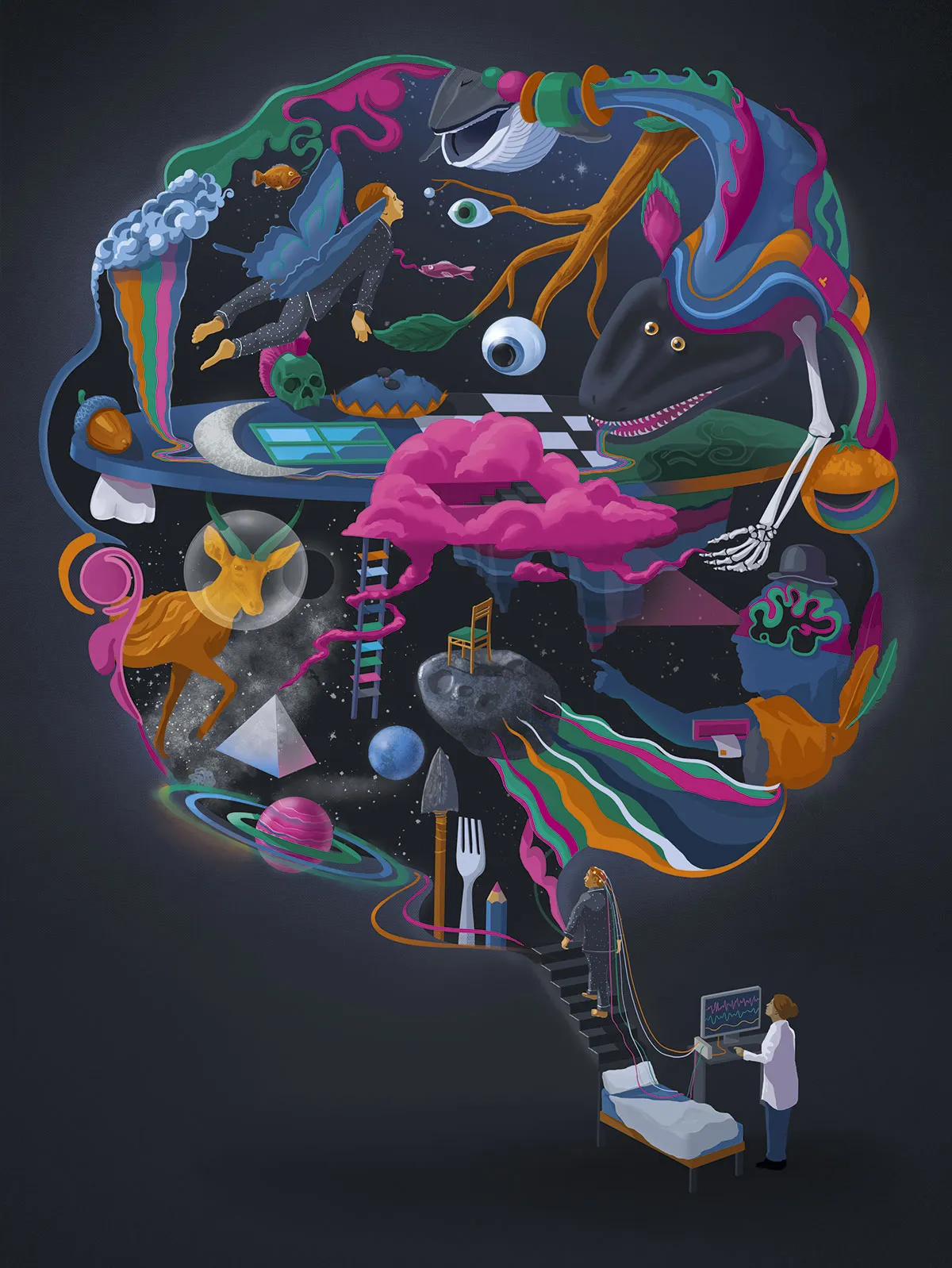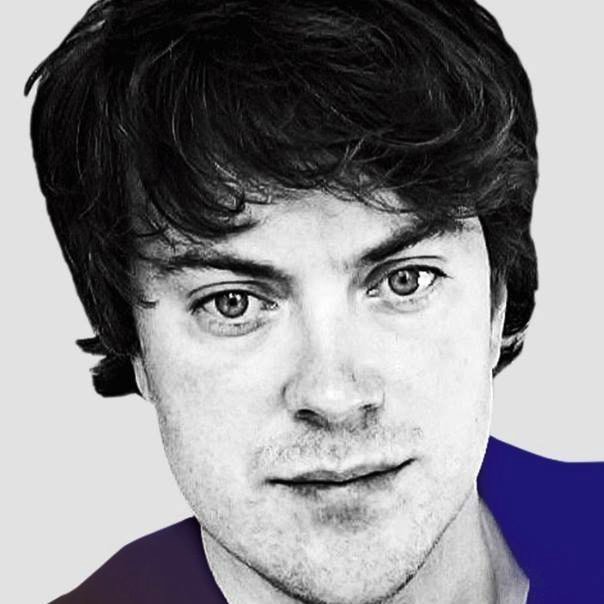Billionaires are jetting themselves into space and quantum computing lies around the corner. Yet one of the most familiar and everyday aspects of human nature remains frustratingly tricky for scientists to study – dreaming.
Theories abound, but the truth is we don’t really know much about why or how we dream. A major hurdle for scientists has been the fact that when people are dreaming, they’re largely closed off from the world, at least that’s been the assumption for a long while. So researchers have resorted to asking people, upon awakening, what their mind was doing while they were sleeping, but that’s a sketchy and unreliable approach.
“Memories of dreams can be missing some parts of dreams and can be distorted and incorrect, so if that’s all we have to go on, then building a solid science of dreaming will be difficult,” says Dr Ken Paller, a psychologist and dream researcher at Northwestern University.
What would change the whole dream research landscape would be if there were some way to communicate and interact with someone while they were dreaming. It sounds far-fetched, like something out of the Christopher Nolan movie Inception, but in a significant breakthrough, that’s exactly what an international team of researchers, led by Paller and Karen Konkoly also at Northwestern University, managed to achieve.
The work, which was published in the journal Current Biology in April 2021, “opens up the opportunities for scientific explorations of dreaming considerably,” says Paller. “We now have more ways to learn about dreaming.”
Theirs is one of several new projects that have begun to exploit the research opportunities afforded by ‘lucid dreaming’ – a relatively rare state in which the dreamer, during rapid eye movement (REM) sleep, becomes consciously aware that they are dreaming. This is a new frontier of research, but lucid dreams have been known about for millennia. Aristotle described the state like this: “...often when one is asleep, there is something in consciousness which declares that what then presents itself is but a dream”.
Not only does this wave of new work involving lucid dreams open up exciting opportunities to research the nature and function of dreaming, but it also raises intriguing practical possibilities for clinical interventions and self-development, including boosting learning and creativity.
Read more about dreaming:
- How does time change when we dream?
- Does dreaming affect the quality of our sleep?
- Do blind people see in their dreams?
What is lucid dreaming?
If you’ve ever been in a dream and known you were dreaming, then you’ve experienced the lucid dreaming state. It’s estimated that about half of us fall in this category, with around 20 per cent of us experiencing the phenomenon on a monthly basis and 1 per cent having several such experiences each week.
Sometimes, people in a lucid state can even begin to deliberately choose what happens in their dream, as if they were a director of their own movie. This degree of conscious control is important for scientists because it raises the possibility that the dreamer might be able to choose to communicate with the outside world.
In terms of what’s happening in the brain during lucid dreaming, research is at a relatively early stage. There have been several studies that measured people’s brainwaves via an EEG during lucid dreaming, but it has only been captured in a modern high-resolution brain scanner a handful of times.
“In short, we still don’t know what the localised brain activity changes are associated with lucid dreaming,” says Dr Benjamin Baird at the Wisconsin Institute for Sleep and Consciousness, University of Wisconsin-Madison, who has studied the neural correlates of lucid dreaming.
“There is some preliminary neuroimaging data which suggests a role of the frontoparietal network [a network of connected regions spanning the front and rear of the brain that’s involved in attention and problem solving],” he adds, though he notes more research is needed to confirm this.
One thing Baird says does seem clear is that lucid dreaming seems to occur during periods of more intense brain activation during REM sleep.
“REM sleep has peaks and valleys of activity when the brain is more or less activated as it goes along,” he explains. “We become lucid at the mountain peaks of brain activation, when we are in the mental set of trying to recognise that we are dreaming – or sometimes by chance if something triggers us to consider whether we are dreaming.”
Communicating with lucid dreamers
If you’ve never had a lucid dream, you might be wondering what it feels like. One person who is highly familiar with them is Dave Green, the English comedian turned lucid-dream artist, who first started having lucid dreams as a child. “Having a lucid dream is like being embodied in your imagination,” he says. “You are navigating an environment that is entirely created by your mind, yet it looks and feels like waking life.”
Unable to perform stand-up comedy during the pandemic, he rediscovered lucid dreaming and started using the experience to conjure artworks that he then creates upon waking. “Besides creating artworks, my favourite thing to do in a lucid dream is flying. It is never anything less than ecstatic,” he says. (If you are keen to experience this for yourself, the good news is that lucid dreaming is to an extent a trainable skill.)
For their breakthrough lucid dreaming study, Konkoly and Paller, along with their colleagues at other laboratories in France, Germany and the Netherlands, exploited the residual conscious awareness enjoyed by lucid dreamers. To do this, they recruited several experienced lucid dreamers, as well as some lucid dreaming newbies, who they trained to experience lucid dreams.
Next, they used a procedure developed by fellow dream scientist Dr Michelle Carr and her colleagues, in which beeps and flashing lights are repeatedly paired during wakefulness with an instruction to become lucid – that is to become mindful of one’s thoughts and sensations, and to consider whether they reflect being awake or in a dream.

Konkoly and Paller’s team then used these same sounds or lights while their participants were sleeping (as confirmed objectively by a measure of their brainwaves) to prompt them to become lucid while dreaming. Crucially, if the study participants entered a lucid dream state, they were trained to indicate this by making sweeping horizontal movements with their eyes.
At this point, the researchers had used dreamers’ eye movements to establish communication from within their dreams to the outside world. That’s been done many times before, notably by the American psychophysiologist Dr Stephen LaBerge in the early 1980s as a way to objectively verify the lucid dreaming phenomenon – that is, that lucid dreamers really are aware and able to respond.
But Konkoly and Paller and their international collaborators then went further, to create a situation of truly “interactive dreaming” as they called it. After participants indicated they were in a lucid dream, the scientists gave them basic maths questions, such as ‘eight minus six’, which the participants answered successfully using eye movements, according to a code agreed earlier (for instance, in this case, the answer ‘two’ was communicated by a left-right, left-right eye movement).
By now the researchers had broken exciting new ground, successfully achieving two-way communication with participants while they were dreaming. They had succeeded at their goal, which as they put it in their paper, was “akin to finding a way to talk with an astronaut who is on another world, but in this case the world is entirely fabricated on the basis of memories stored in the brain.”
Read more about sleep:
- Is it dangerous to wake a sleepwalker?
- Dr Michael Mosley: Why your sleep tracker could sabotage your shut-eye
- Why do we sleep?
The benefits of lucid dreaming
The study by Konkoly, Paller and their colleagues was focused on establishing a two-way communication between a dreamer and the outside world. It was a proof-of-concept study that promises to pave the way for many new and exciting projects, both to uncover more about the nature of the dreaming brain and for practical interventions to enhance learning and creativity, for instance. However, even without the capability of two-way communication, other researchers have already tested the potential of lucid dreaming in various ways.
For example, there is such as thing as lucid dreaming therapy, which involves teaching lucid dreaming techniques to sufferers of nightmares, so that they can choose to wake up from a nightmare or even change the narrative so that its content is less distressing.
Other researchers have explored the possibility that lucid dreaming could be used to practise motor skills. Dr Daniel Erlacher at the University of Heidelberg and Dr Michael Schredl at the Central Institute of Mental Health in Mannheim, assigned a group of lucid dreamers to repeatedly toss a coin into a cup in their dreams. Compared with their baseline real-life performance, the participants’ accuracy the next day was improved by a greater amount than a control group who didn’t do any further coin-tossing practice in real life or dreamland.

It might also be possible to exploit lucid dreams to aid creative problem solving. For instance, Dr Tadas Stumbrys and Dr Michael Daniels at Liverpool John Moores University found that lucid dreamers were able to call on the help of dream characters to help them come up with more creative metaphors.
Crucially, the two-way interaction between dreamer and outside world established by Konkoly and Paller and others could build upon and expand these various ways to exploit the lucid dreaming state.
For instance, their model of interactive dreaming suggests that sensory cues could be associated with desired dream content in advance and then played during the lucid dream state, making it more likely that the lucid dream will involve features that could help aid creativity or contribute to learning.
Adverts while you sleep
That said, the path ahead is not likely to be all plain sailing. “[The technique for communicating with lucid dreamers] does not work every time we try,” says Paller. “We are in the process of improving our methods, so I don’t know how reliable they could be eventually.” Indeed, Paller cautions against getting too carried away: “I have an open mind about the potential for this method to be useful in the future,” he says.
Another elephant in the room (probably a flying pink one, if you’re dreaming)is the ethical issues raised by this entire line of work. If researchers can reach into our dreams and affect what we dream about, then that presents the possibility that other people can too, such as advertisers who might reach us in our sleep via smart speakers or other devices. Indeed, that’s already begun happening: early in 2021, American beer company Coors experimented with deliberately inducing dreams of their product among volunteers.
These developments recently prompted a large group of dream scientists, led by Dr Robert Stickgold at Harvard Medical School and Dr Antonio Zadra at Université de Montréal, to write an op-ed warning of the ethical dangers of advertisers exploiting the advances in their field. “Brain science helped design several addictive technologies, from cell phones to social media, that now shape much of our waking lives; we do not want to see the same happen to our sleep,” they wrote.
Paller and Konkoly were actually among the co-signatories of the letter, and they too are mindful of the important ethical implications of their work. “Messages delivered during sleep to an unwilling individual could be regarded as a form of inappropriate advertising and made illegal,” says Paller.
As Zadra elaborates, “While the technologies themselves are neutral and hold promise in fostering creativity and treating psychological disorders, their use to alter and motivate purchasing behaviour through dream hacking is worrisome.”
Just as science has taken us to uncharted territories in space and on Earth, raising new ethical questions along the way, the same is now true for a new frontier as researchers accelerate their exploration of our sleeping minds.
- This article first appeared in issue 368 of BBC Science Focus Magazine–find out how to subscribe here
Read more about sleep:
